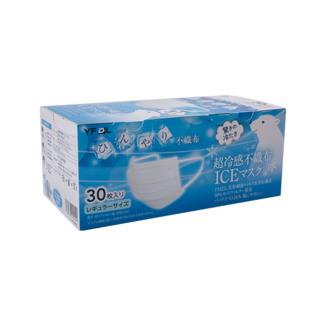Understanding the Role of Air Fresheners
Firstly, it's essential to recognize that air fresheners for fridges primarily target odors rather than directly combating mold or mildew. They achieve this through various mechanisms, such as absorbing odorous molecules or releasing pleasant scents that mask unwanted smells. While this improves the overall freshness of your fridge, it doesn't necessarily address the underlying factors that promote mold or mildew growth.

Moisture Absorption: Certain air fresheners contain materials like activated carbon or silica gel, known for their ability to absorb moisture. By reducing humidity levels in the fridge, these air fresheners create a less hospitable environment for mold and mildew to thrive. However, their effectiveness in this regard may vary based on the specific formulation and design of the air freshener.
Odor Elimination: Lingering odors in the fridge can sometimes indicate the presence of mold or mildew. By effectively eliminating these odors, air fresheners indirectly address potential microbial growth. However, it's crucial to note that eliminating odors does not guarantee the eradication of mold or mildew if the underlying conditions conducive to their growth persist.
The Importance of Proper Fridge Maintenance
While Air fresheners for fridges can play a role in creating a cleaner and fresher fridge environment, they should be viewed as part of a comprehensive maintenance routine rather than a standalone solution for mold and mildew prevention. Here are key practices to complement the use of air fresheners:
Regular Cleaning: Clean spills promptly, wipe down shelves and drawers, and dispose of expired or spoiled food items regularly. Thorough cleaning helps eliminate potential food sources for mold and mildew.
Check for Leaks: Inspect your fridge for leaks or condensation buildup, as these can create moisture-rich environments ideal for mold and mildew growth. Address any leaks promptly to prevent water accumulation.
Proper Ventilation: Ensure adequate airflow within the fridge by not overcrowding shelves and allowing space for air circulation. Good ventilation helps prevent moisture buildup and maintains a healthier fridge interior.
Temperature and Humidity Control: Set your fridge to the recommended temperature range and avoid excessively low temperatures, which can lead to condensation. Use a hygrometer to monitor humidity levels and adjust settings as needed.
Use of Mold-Inhibiting Products: Consider using specialized refrigerator liners or mildew-resistant mats to further inhibit mold and mildew growth. These products are designed to create barriers against moisture and microbial activity.


 Langauge
Langauge English
English 日本語
日本語










